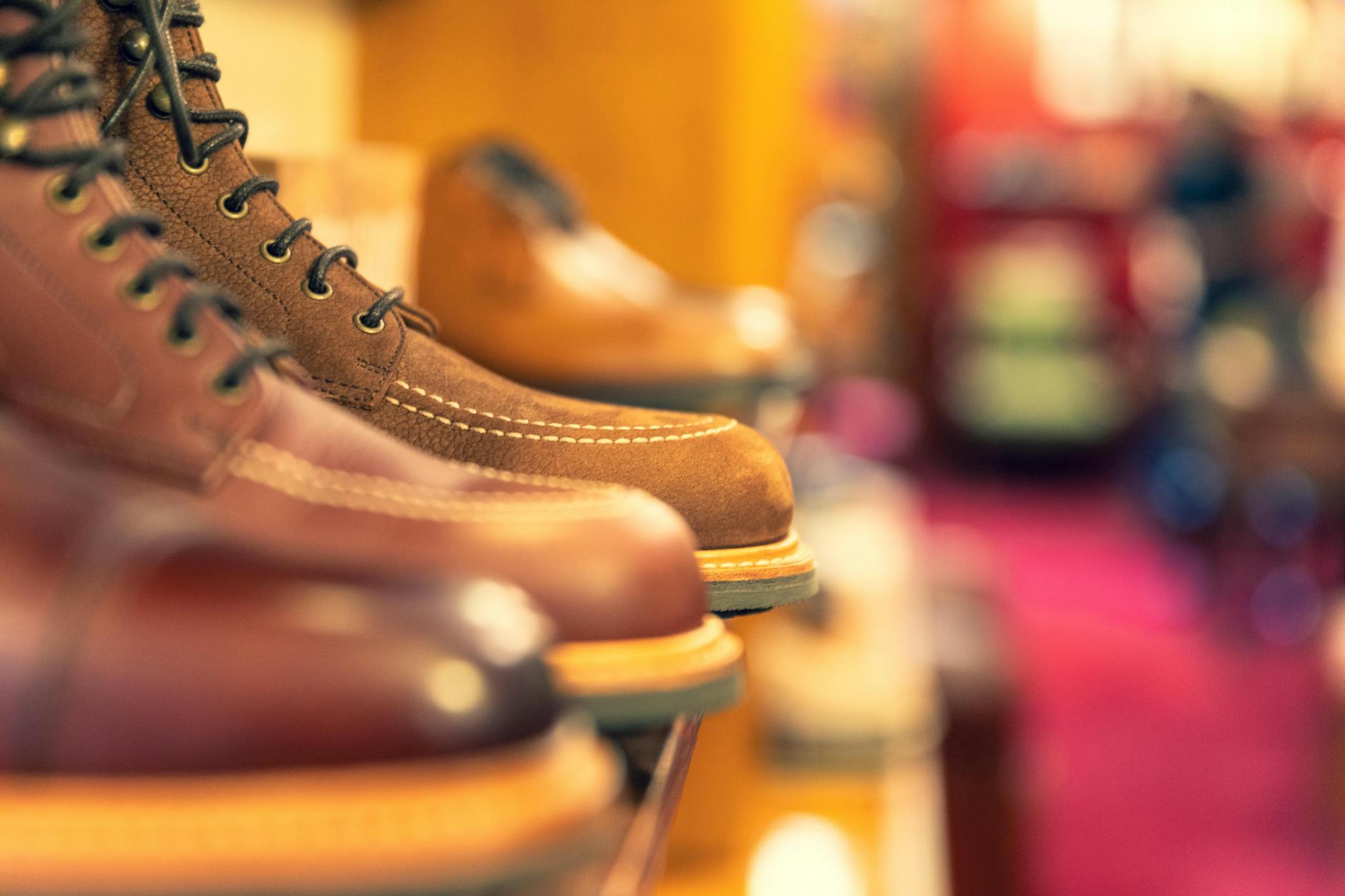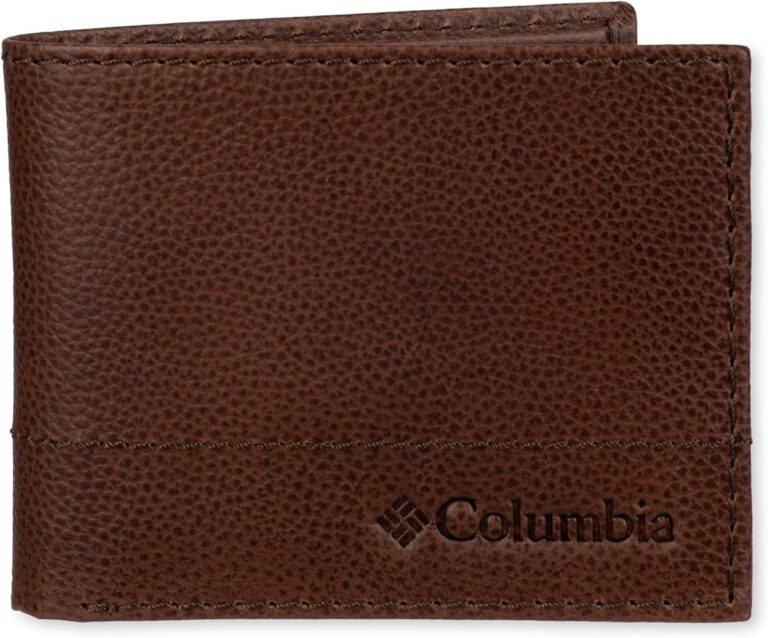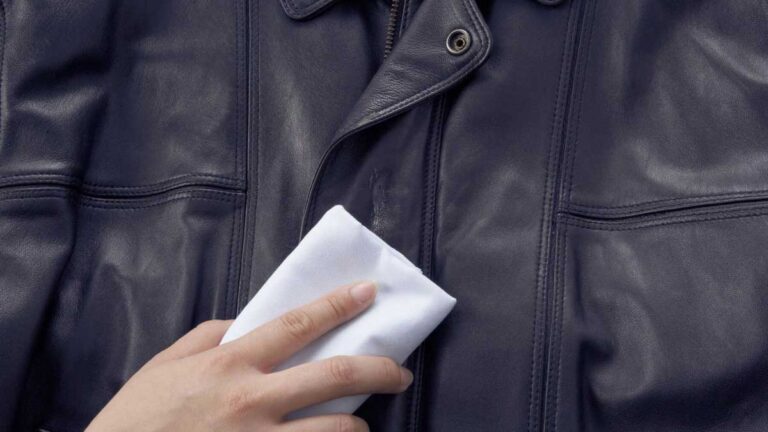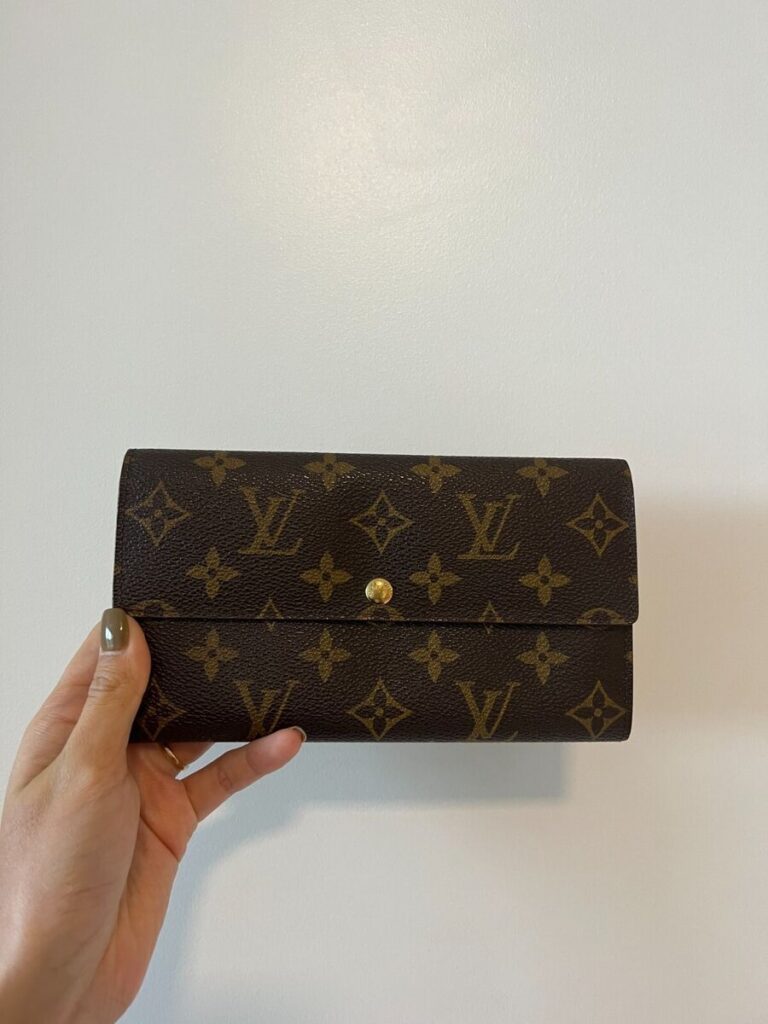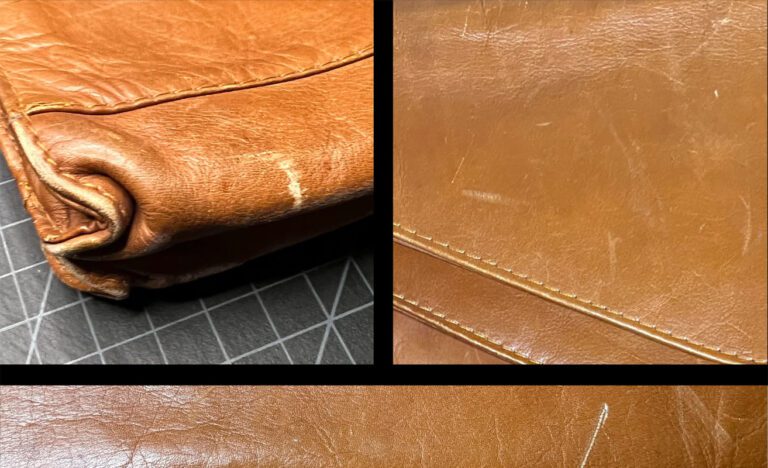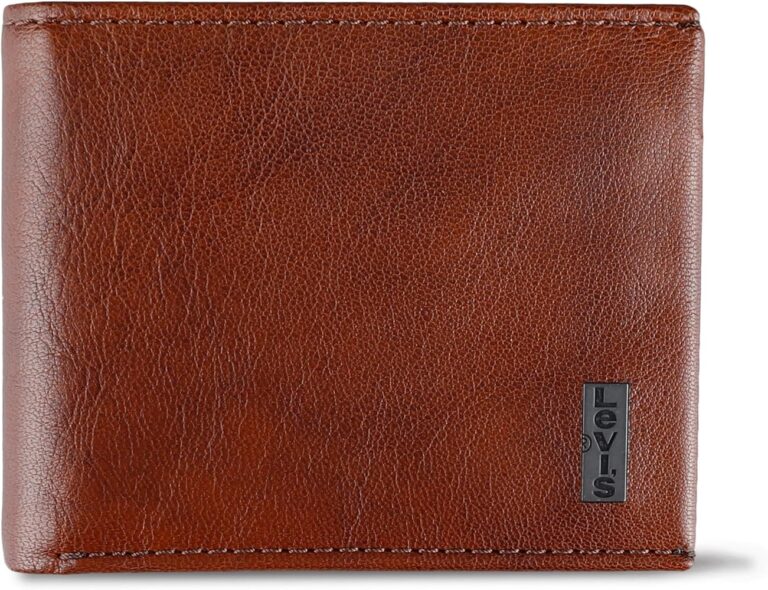Rescue Your Leather: Expert Methods to Get Oil Out of Leather
Addressing Oil Stains on Leather
Understanding Leather Varieties
Leather comes in various types, each with distinct characteristics and care needs. It’s crucial to identify the kind of leather you’re dealing with for effective oil stain management. Some common leather varieties include:
- Full-Grain Leather: This type is the most durable and high-quality leather. It retains the natural grain and develops a rich patina over time. Full-grain leather benefits significantly from conditioning oils like mink oil that penetrate deeply, preserving its natural texture and preventing it from drying out (Eiken Shop).
- Top-Grain Leather: Slightly less durable than full-grain, top-grain leather is sanded and refinished to remove imperfections. While still high-quality, it may not age as gracefully as full-grain.
- Bonded Leather: Made from leftover leather scraps bonded together with adhesive, this type is less durable and more prone to wear and tear. Suitable for lower-end products, it doesn’t respond well to heavy conditioning.
Understanding these differences is key when choosing the proper methods to remove oil stains effectively. For more on leather types and their care, check out our article on why does leather crack and peel.
Oil Stain Vulnerability of Leather
Leather’s susceptibility to oil stains primarily depends on its surface treatment and oil content. Oil and grease stains are particularly challenging due to their hydrophobic nature. They are not soluble in water, making traditional cleaning methods ineffective (The Leather Colour Doctor).
The vulnerability of leather to oil stains can be categorized:
| Leather Type | Oil Stain Vulnerability |
|---|---|
| Full-Grain | Moderate |
| Top-Grain | High |
| Bonded | Very High |
Leather’s natural oils play a crucial role in keeping it supple and preventing cracking. Specific oils like mink oil, neatsfoot oil, or specially formulated leather conditioners help maintain these qualities (Eiken Shop). Proper care includes regular conditioning to replenish lost oils, which also helps in managing accidental oil stains.
For specialized care tips and products to remove odors or additional stains from leather, explore our guides on how to remove smell from leather jacket and how to get oil out of leather shoes.
Immediate Actions for Oil Stains
Addressing oil stains on leather promptly is essential to prevent long-term damage. Here’s a guide on how to respond immediately when you notice an oil stain on your leather items.
Quick Cleaning Response
When dealing with oil stains on leather, immediate action is crucial. Here are the steps to follow for a quick cleaning response:
- Blot the Stain: Use a clean cloth or paper towel to blot as much oil as possible from the leather surface. Do not rub, as this can spread the stain.
- Apply Cornstarch or Baking Soda: Sprinkle cornstarch or baking soda directly onto the oil stain. These household items are effective in absorbing oil from the leather.
- Let It Sit: Allow the cornstarch or baking soda to sit on the stain for a few hours, preferably overnight, to absorb the oil.
- Brush Off: After the waiting period, gently brush off the powder using a soft brush or cloth.
These steps help in quickly addressing the oil stain before it sets into the leather and becomes more challenging to remove. For more tips on dealing with leather stains, you can refer to our article on how to get stains out of leather.
Importance of Promptness
The importance of promptness in dealing with oil stains on leather cannot be overstated. Here are some reasons why:
- Preventing Permanent Damage: Oil stains can deeply penetrate leather’s porous surface, leading to permanent discoloration if not treated immediately (Eiken Shop).
- Ease of Removal: Oil and grease are hydrophobic and not soluble in water (The Leather Colour Doctor). Acting quickly means that the oil has less time to set, making it easier to remove using household items or specialized products.
- Maintaining Leather Integrity: Promptly addressing oil stains helps maintain the integrity and appearance of your leather items, whether it’s a jacket, bag, or shoes. For guidance on other leather care topics, visit our pages on how to get oil out of leather shoes and how to soften hard leather jackets.
By responding quickly and understanding the importance of promptness, you can effectively mitigate the impact of oil stains on your leather items, ensuring they remain in excellent condition for longer. For further detailed instructions and professional advice, explore our section on professional stain removal services.
Treating Different Leather Types
Different leather types require specific care methods, especially when dealing with oil stains. Understanding how to properly treat full-grain leather, top-grain leather, and bonded leather can help you effectively maintain your leather items.
Full-Grain Leather Care
Full-grain leather is known for its durability and natural beauty. This type of leather benefits significantly from conditioning oils like mink oil, which penetrate deeply to preserve its natural texture and prevent it from drying out (Eiken Shop). When dealing with oil stains on full-grain leather, it’s essential to act quickly and use appropriate cleaning techniques.
Steps for Caring for Full-Grain Leather:
- Blot the Stain: Use a clean, dry cloth to blot the oil stain, absorbing as much oil as possible.
- Apply a Cleaning Solution: Use a leather cleaner specifically designed for full-grain leather. Avoid harsh chemicals that can damage the leather.
- Condition the Leather: After cleaning, apply a conditioning oil like mink oil to replenish lost moisture and maintain suppleness.
For more information on maintaining full-grain leather, you can refer to our guide on how to soften hard leather.
Top-Grain Leather Maintenance
Top-grain leather is slightly more processed than full-grain leather, but it still retains a high level of quality and durability. Maintaining top-grain leather involves similar steps but with a focus on gentle cleaning and conditioning to preserve its finish.
Steps for Maintaining Top-Grain Leather:
- Blot the Stain: Remove as much oil as possible with a dry cloth.
- Use a Gentle Cleaner: A mild leather cleaner or soap can be used to clean the affected area. Test the cleaner on a small, inconspicuous area first.
- Condition Regularly: Use a leather conditioner suitable for top-grain leather to keep it moisturized and prevent drying.
Visit our article on how to get oil out of leather shoes for a detailed guide on dealing with oil stains on different types of leather shoes.
Bonded Leather Challenges
Bonded leather is made from leftover scraps of leather bonded together with adhesives. This type of leather is more susceptible to damage from oil and requires careful handling.
Steps for Caring for Bonded Leather:
- Quick Blotting: Immediately blot the oil stain to reduce absorption.
- Mild Cleaning Solution: Use a gentle soap and water solution to clean the area. Avoid soaking the leather, as bonded leather is more vulnerable to water damage.
- Avoid Heavy Oils: Instead of heavy conditioning oils, use a light leather conditioner to maintain the surface without overwhelming it.
If you have a bonded leather item that has developed a smell, you might find our article on how to remove smell from leather bag useful.
By understanding the unique needs of different leather types, you can effectively maintain and treat your leather items, ensuring they remain in good condition for years to come. For further reading on leather care, explore our resources on why does leather crack and peel and how to get water stains out of leather.
Effective Oil Stain Removal Techniques
Removing oil stains from leather can be challenging, but with the right techniques and products, you can restore your leather items to their original condition. Here, we explore different specialized cleaning products and household items you can use to treat oil stains on leather.
Specialized Cleaning Products
Using specialized leather cleaning products can significantly improve the effectiveness of removing oil stains. Common products include leather cleaners, conditioners, and oils.
- Leather Cleaning Sprays: These are designed specifically for leather and can effectively break down oil stains without causing damage. Always test the product on a small, hidden area first.
- Leather Conditioners: Products like mink oil and neatsfoot oil not only clean but also condition the leather, keeping it supple and preventing it from drying out. Eiken Shop notes that conditioning oils can penetrate deeply into full-grain leather, preserving its natural texture.
| Cleaning Product | Use Case | Effectiveness |
|---|---|---|
| Leather Cleaning Spray | General oil stains | High |
| Leather Conditioner (Mink oil, Neatsfoot oil) | Full-grain leather | Very High |
| Leather Wipes | Small stains | Moderate |
For more expert advice on leather maintenance, see our detailed guide on how to get oil out of leather shoes.
Utilizing Household Items
If you don’t have specialized cleaning products on hand, several household items can be used to treat oil stains on leather. These methods can be highly effective for minor stains and quick cleanups.
- Cornstarch/Baking Soda: Sprinkle a generous amount on the oil stain and let it sit for a few hours to absorb the oil. Then, gently brush it off. This method is safe for most leather types.
- Dish Soap: Mix a small amount with water to create a soapy solution. Using a cloth, gently dab the oil stain. Avoid soaking the leather.
- White Vinegar: Dilute with equal parts water and gently dab the affected area. This can help break down oil but should be used sparingly to avoid over-wetting.
| Household Item | Use Case | Effectiveness |
|---|---|---|
| Cornstarch/Baking Soda | Fresh oil stains | High |
| Dish Soap | General small stains | Moderate |
| White Vinegar | Deep-set oil stains | Moderate |
Make sure to condition the leather after using household items for stain removal to maintain its suppleness and durability. For preventive tips, refer to our article on how to soften hard leather.
By understanding and utilizing these effective oil stain removal techniques, you can ensure your leather items stay in pristine condition. Employ these methods carefully to prevent damage and maintain the quality of your leather. For additional guidance on routine care, see our section on routine cleaning and conditioning.
For more detailed maintenance tips, explore our articles on various leather care topics:
- how to remove smell from leather jacket
- how to get scratches out of leather shoes
- how to get water stains out of leather
Preventive Measures for Leather Care
When it comes to caring for your leather goods, preventive measures are key. By taking the right steps, you can protect your leather from oil stains and maintain its pristine condition. Here are some essential preventive measures to consider for your leather items, especially your leather jackets.
Avoiding Oil Spills
Avoiding oil spills is the first line of defense in maintaining the quality of your leather. It’s crucial to be mindful of your surroundings and actions when using leather items.
- Keep Food and Drinks Away: Spills from oily foods or beverages can quickly damage leather. Always be vigilant and keep your leather jacket away from mealtime clutter.
- Mind Your Touch: Oils from your skin or hair products can transfer onto leather. Wash your hands before handling your leather jacket and consider using a cover when you’re not wearing it.
- Use Protective Covers: When storing your leather items, use covers to shield them from accidental spills and mishaps. This is particularly important if you keep your jacket in high-traffic areas.
Routine Cleaning and Conditioning
Routine cleaning and conditioning are vital to the longevity and appearance of your leather goods. Here’s how you can incorporate these practices into your leather care routine:
- Regular Dusting: Use a soft, dry cloth to gently dust your leather jacket. This helps remove surface particles that can lead to wear over time.
- Monthly Cleaning: For more thorough cleaning, use a damp cloth to wipe away any dirt or debris. Avoid using excessive water as it can cause damage.
| Cleaning Routine | Frequency |
|---|---|
| Dusting | Weekly |
| Damp Cloth Wipe-down | Monthly |
- Conditioning: Full-grain leather benefits significantly from conditioning oils like mink oil. Conditioning penetrates deeply, preserving its natural texture and preventing it from drying out (Eiken Shop). For rugged leathers, heavy oils provide deep conditioning, while lighter oils are suitable for delicate types like nubuck or suede.
- Testing Products: Before applying any cleaning or conditioning product, always test it on a small, inconspicuous area of the leather to ensure it doesn’t cause discoloration or damage. Consult our professional maintenance advice for more detailed guidance.
| Conditioning Routine | Frequency |
|---|---|
| Heavy Oil (Full-Grain) | Bi-Monthly |
| Light Oil (Nubuck/Suede) | Quarterly |
By incorporating these preventive measures into your leather care routine, you can help to maintain the suppleness and durability of your leather items, preventing issues such as drying, cracking, and staining. For further tips on leather maintenance, explore our articles on how to get pen out of leather and how to get water stains out of leather.
Professional Maintenance Advice
When dealing with oil stains on leather, sometimes it’s best to seek professional advice and services to ensure the longevity and appearance of your leather items. Here, we provide insights on testing cleaning products and when to consult professional services.
Testing Cleaning Products
Before applying any cleaning product to your leather, it’s crucial to test it on a small, inconspicuous area. This helps to ensure the product does not damage or discolor the leather. Here’s how to do it:
- Identify a Hidden Spot: Choose a small area that is not visible, such as the underside of a cushion or the inside of a jacket pocket.
- Apply a Small Amount: Dab a small amount of the cleaning product onto a clean cloth and then apply it to the test area.
- Wait and Observe: Allow the product to sit for at least 24 hours and observe any changes. Look for discoloration, texture changes, or any other signs of damage.
Testing is essential for all types of leather, whether it’s full-grain or top-grain. Different leather types react differently to cleaning agents. Refer to our guide on how to wash leather jacket for more detailed instructions.
Professional Stain Removal Services
For stubborn oil stains or extensive damage, professional stain removal services might be necessary. Professional cleaners have the expertise and specialized products to handle even the toughest stains without compromising the integrity of your leather products.
Benefits of Professional Services:
- Expert Knowledge: Professionals understand the nuances of different leather types.
- Specialized Equipment: Access to high-quality, industry-standard cleaning tools and products.
- Efficient Results: Quick and effective treatments that save you time and effort.
When to Seek Professional Help:
- Persistent Stains: If household methods fail to remove the oil stain.
- Sensitive Leather: For delicate or antique leather pieces.
- Large Affected Areas: When a significant portion of the leather item is stained.
For more information on keeping your leather in top condition and handling various types of stains, check our resources on how to get pen out of leather and how to get water stains out of leather.
Regular maintenance and prompt action are key to preserving your leather items. Ensuring you use the right products and knowing when to seek professional help can make a significant difference in the longevity and appearance of your leather goods. For additional tips, explore our article on preventing scratches on leather.

